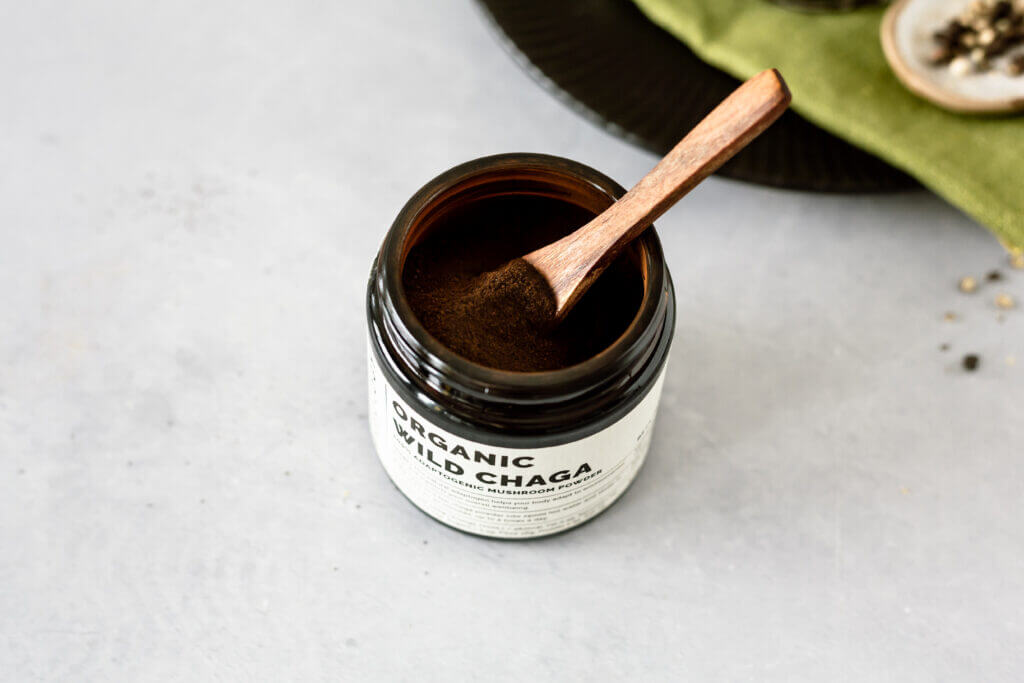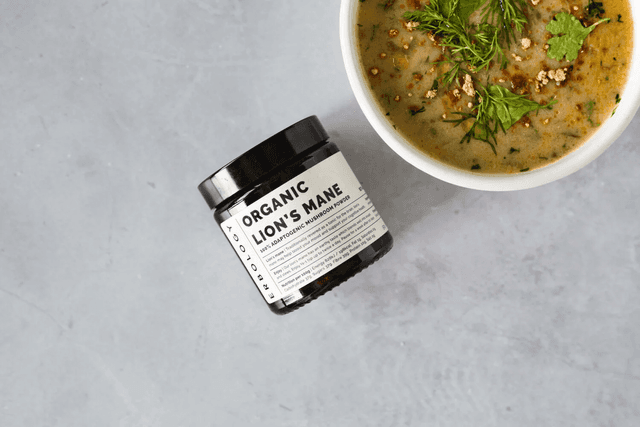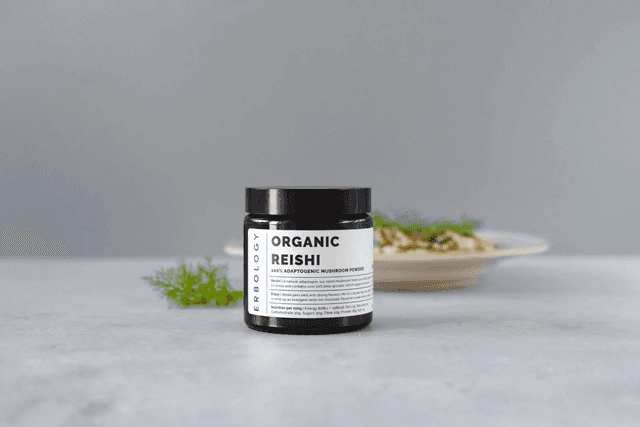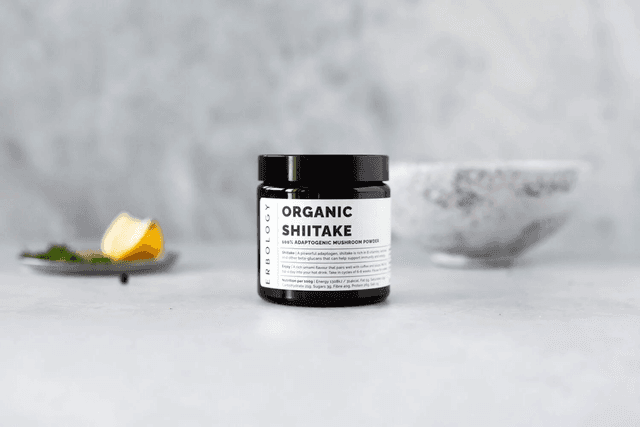21 May 2023
Medicinal mushrooms: Q&A
What are medicinal mushrooms?
Let’s begin with the basics. Medicinal mushrooms are specific species of fungi that people believe offer potent health benefits to those who consume them. You might also hear users refer to them as functional mushrooms or adaptogenic mushrooms. Practitioners of traditional medicine systems such as Ayurveda and Traditional Chinese Medicine (TCM) have been using medicinal mushrooms for centuries. And today, modern scientific research is backing up the claims that these fungi possess valuable therapeutic properties.
What are the benefits of medicinal mushrooms?
Each kind of medicinal mushroom provides us with its own unique advantages, which we’ll look at below. However, there are also certain benefits that every functional fungus has in common.
For example, all varieties of medicinal mushrooms are rich in beta-glucans. These are special polysaccharides – a type of soluble fibre – found in the cell walls of fungi (and other plants). Research suggests beta-glucans can offer us a wealth of benefits, including supporting our immune system, gut health, and cardiovascular health.(1)
Similarly, the reason medicinal mushrooms are also called adaptogenic mushrooms is because they act as adaptogens. These reduce the negative impacts of stress on the body, helping us cope with physical and mental stressors more effectively.(2)
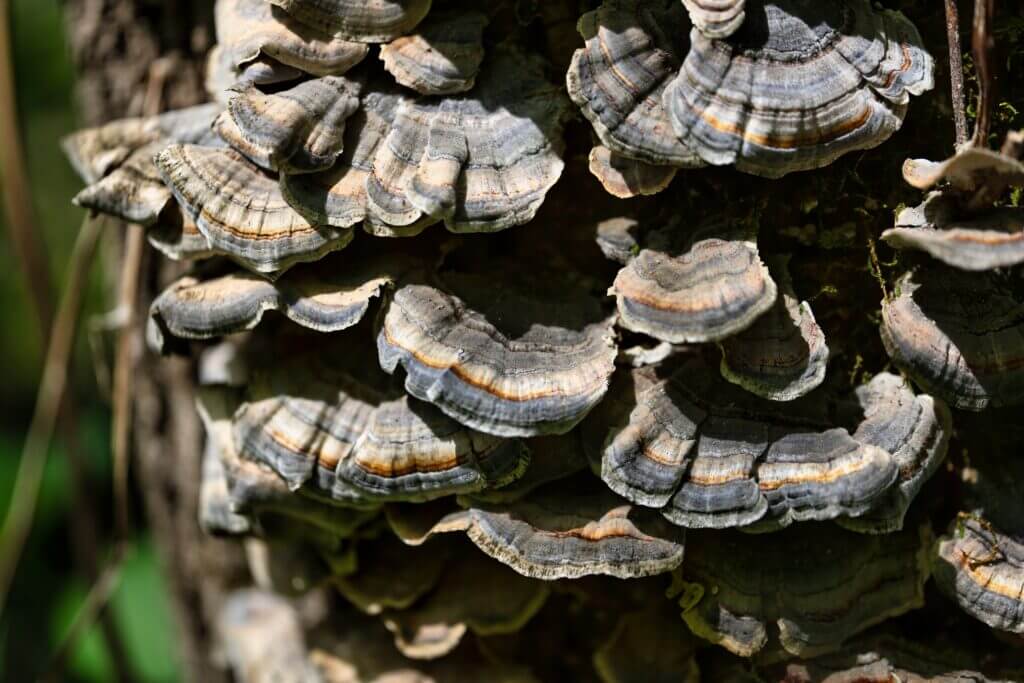
Which type of medicinal mushroom should I take?
In addition to the above-mentioned communal benefits, all medicinal mushrooms have their own individual strengths. As such, it’s these you should consider when deciding which variety is the most appropriate for you to take.
We recommend checking out our editorial section for an in-depth look at what each type of fungi can help with. However, here’s a very quick overview:
- Agaricus blazei – supports cardiovascular health and protects against oxidative damage
- Cordyceps – improves athletic performance, boosts energy, reduces fatigue, and supports post-exercise recovery
- Lion’s mane – increases focus, balances mood, and enhances cognitive health
- Reishi – stimulates your natural immune defences, helps you relax, and improves the quality of your sleep
- Shiitake – boosts energy, strengthens immunity, and supports cardiovascular health
- Turkey tail – bolsters the digestive system and nourishes the good bacteria in your gut
- Chaga – a potent antioxidant that fights free radicals and supports skin health
You can also use a medicinal mushroom chart to work out which type of functional fungi best suits your needs. For instance, if you’re an athlete looking to improve your VO2 max, cordyceps is a great choice. Alternatively, lion’s mane might be better if you want to use medicinal mushrooms for anxiety.
How do you take medicinal mushrooms?
To enjoy these medicinal mushroom benefits, first you need to know how to use them! It’s often tricky to source fresh medicinal mushrooms, and even when you can, they tend to be tough and bitter. That’s why most people prefer to take medicinal mushrooms in powder form. We’ll talk more about the different varieties of products that are on the market below.
Whichever you opt for, they’re easy to incorporate into your diet. The traditional option is to make mushroom tea, or you can stir half a teaspoon of powder into your morning coffee. Alternatively, whip up an indulgent and wellness-boosting mushroom hot chocolate. You’re even able to add medicinal mushrooms to dishes such as soups, stews, and risottos. These are effective methods because steeping medicinal mushrooms in hot water enhances their digestibility, making their nutrients more accessible.
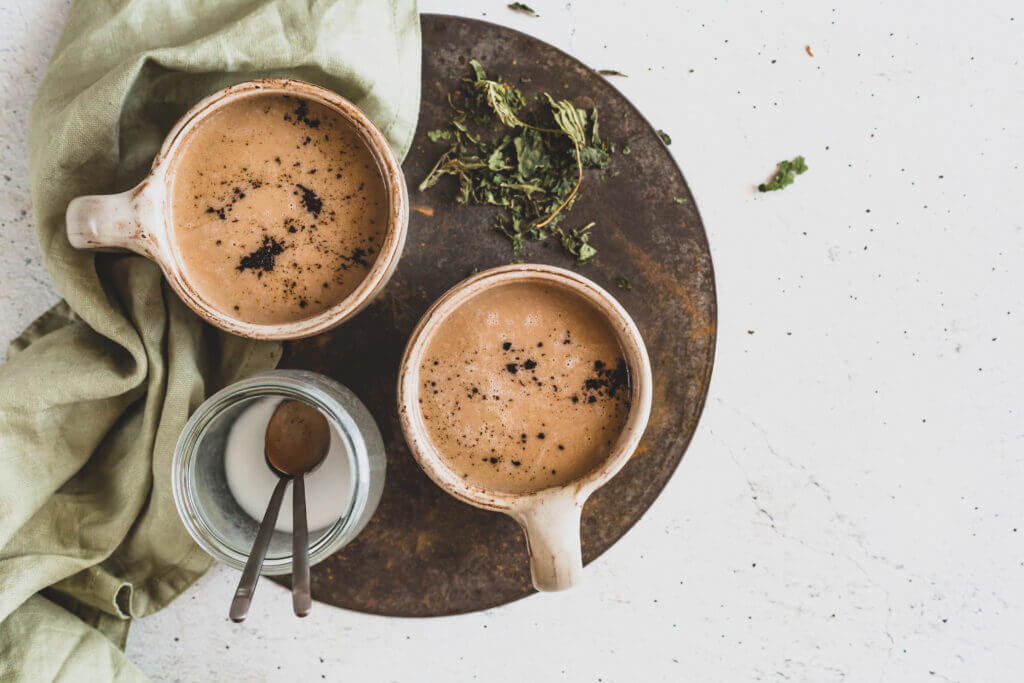
How are mushroom powders made?
The method used to prepare mushroom powders differs slightly according to the type of both fungi and product. However, they tend to follow the same general process.
First, the medicinal mushrooms are harvested when they reach the desired level of maturity. The optimal harvesting time varies depending on the growth cycle of the fungus. Next, the team will carefully clean the mushrooms to get rid of any dirt, debris, or other impurities. Following that, you dry the fungi to remove all the moisture. This helps to preserve the mushrooms and prevent any spoilage.
Once the medicinal mushrooms are completely dry, it’s time to grind them into a fine powder. This breaks the fungi down into small particles, which makes the nutrients more available for digestion when consumed.
For whole mushroom powder, all that’s left is to package it into airtight containers, so it retains its freshness and quality. To create a mushroom extract, mycologists use hot water and/or solvents to draw out certain nutrients. This results in a more concentrated product, as we’ll discuss below.
Are medicinal mushroom products made solely from the fruiting body better?
Medicinal mushrooms are generally made up of a fruiting body and mycelium. The fruiting body is the part that we normally see growing above ground (for example, the cap). Meanwhile, the mycelium consists of thin fungal strands that function like the roots of a plant.
Some people think that mushroom preparations created from only the fruiting body are of higher quality than those that also use the mycelium. However, this is simply not the case. Both parts of the fungus have their own potential health benefits, which researchers are currently exploring.
Likewise, each species of medicinal mushroom is different. For instance, in reishi mushrooms, the beta-glucans are mainly located in the cell walls of the fruiting body. In lion’s mane, you find them in both the fruiting body and the mycelium. In cordyceps sinensis that's harvested in controlled conditions, however, they are concentrated in the mycelium.
Ultimately, the parts of medicinal mushrooms that are used in a product do not necessarily reveal how good it is. The quality of the mushrooms, substrates, and cultivation methods have a greater influence on the amount of bioactive compounds it contains.
What is the difference between mushroom extracts and whole mushroom powders?
The main difference between these two types of medicinal mushroom product is how they are prepared. As we mentioned above, mushroom extracts go through an additional process to separate out specific compounds.
This means that whole mushroom powders have a broader nutritional profile than mushroom extracts. In addition to compounds such as beta-glucans, they contain prebiotic fibre plus key vitamins and minerals. As such, they’re a more balanced source of nutrients.
Mushroom extracts, on the other hand, have a higher concentration of beta-glucans and secondary metabolites. For example, a cordyceps mushroom extract will contain more cordycepin than a cordyceps whole mushroom powder. So while certain nutrients are lost during the extraction process, like vitamins and minerals, others become more highly concentrated.
Having said that, quality also plays a part here. When comparing different products, you may find that certain whole mushroom powders contain more beta-glucans and secondary metabolites than some dual extracts. That’s because the mushroom material they use is of a much higher quality.
What is the difference between single extracts and dual extracts?
There are two principal ways in which you can draw out compounds from medicinal mushrooms: hot water and alcohol. As the name implies, single extracts use only one method of extraction, whereas dual extracts use both.
Each type of single extraction process draws out different compounds. Specifically, a water extract will contain water-soluble compounds like polysaccharides, while an alcohol extract will contain alcohol-soluble compounds like terpenoids.
A dual extraction process steeps powdered medicinal mushrooms in first one medium then the other. You then combine the two extracts, resulting in a wider range of concentrated compounds than a single extract.
